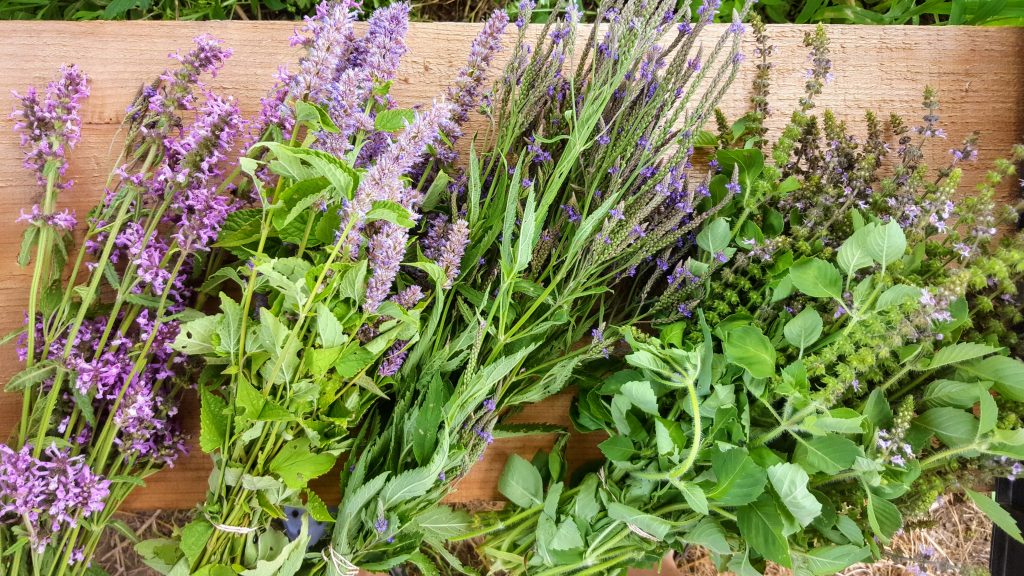Herb Profile: Goldenrod
Goldenrod, Solidago spp.

Goldenrod is widespread throughout the northern hemisphere with many varieties under the genus Solidago. Most varieties seem to be used interchangeably medicinally. The root, leaf and flower are all used as medicine. Oftentimes people attribute their late-summer allergies to goldenrod when in fact they are likely allergic to ragweed, which has a very modest flower and blooms at the same time as goldenrod.
Bitter, warming and pungent, goldenrod can be used as a carminative to stimulate secretions from the stomach and increase digestion. Goldenrod contains aromatic essential oils and is used for allergies or stuck conditions after a cold or flu has left a low-grade bronchial infection. For allergies, it is used in particular where red eyes and itchy nose are present.
As a supporter of the mucous membranes goldenrod is supportive for both the bladder and respiratory tract. It helps to heal the bladder wall from chronic bladder irritation. It stimulates the kidneys to greater activity following stressful illnesses or psychological stress. Goldenrod opens the pores of the skin on the legs and scalp. It acts somewhat as an alternative on the skin and scalp, in particular scabs and sores on the legs.
Preparations
Tincture the flowers fresh in alcohol or drink the fresh or dry flowers as a tea.
Cautions/Contraindications
Nephritis, also use cautiously with people highly allergic to ragweed.
References
The Herbal Apothecary by JJ Pursell
Disclaimer
The information on this page has not been approved by the FDA. Please consult your healthcare practitioner before using herbal products. We do not endorse the websites linked to in the resources and have not extensively reviewed all the information on external pages for accuracy. Everyone reacts differently to herbs and we do not attempt to be completely inclusive in the information and contraindications for each herb.
Shop our Apothecary and Nursery
-

Apothecary Products
Empower yourself with an apothecary that will nourish you in every season. All...
-

Nursery Products
Grow your garden. We grow certified organic herb, flower and vegetable starts...


